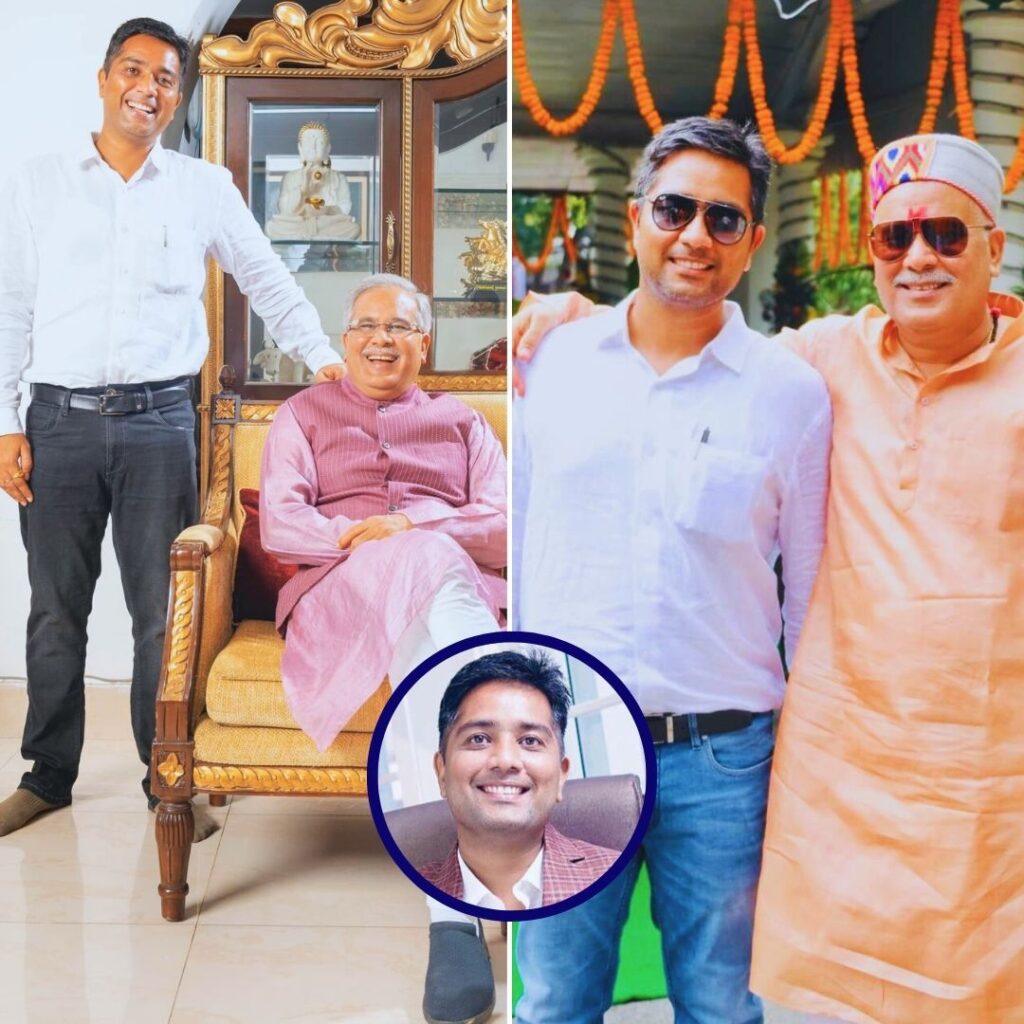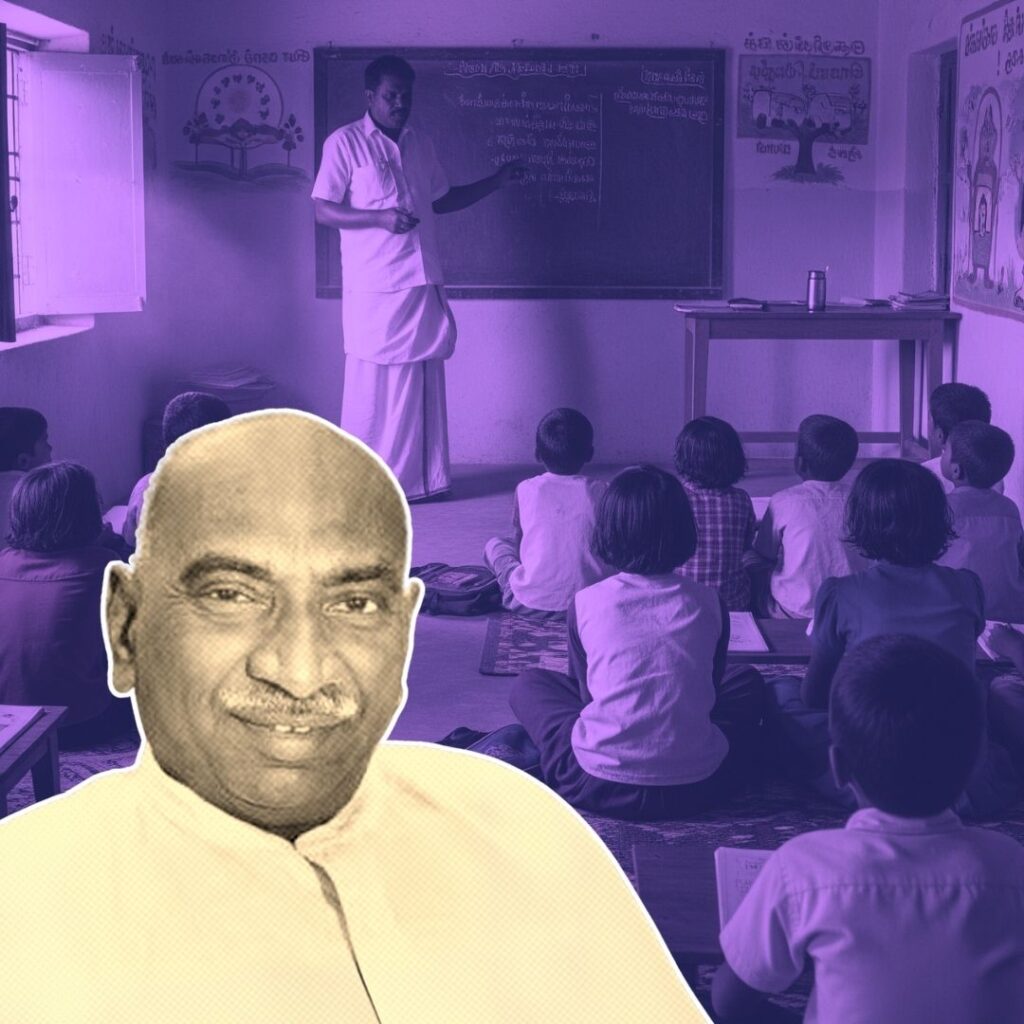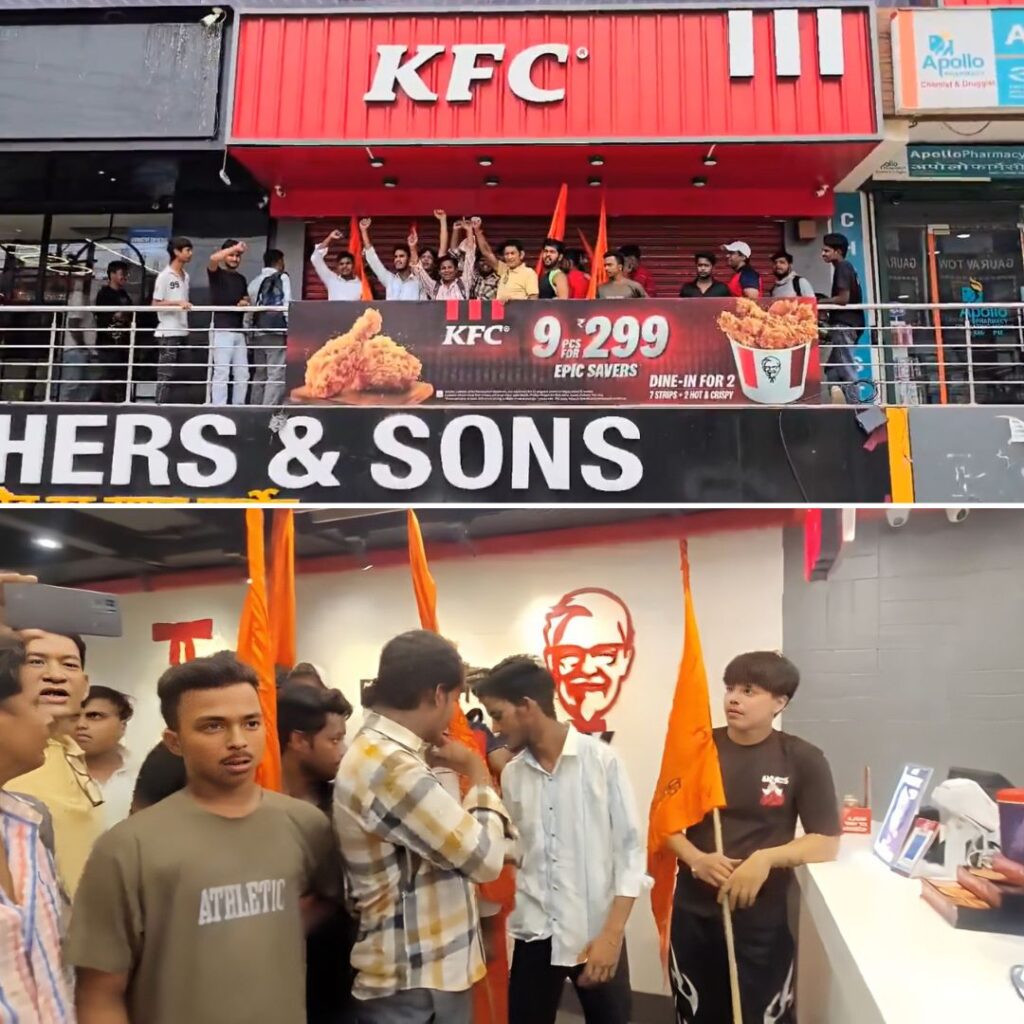After undergoing a series of rejections and reconsiderations, Delhi Government’s programme for ‘doorstep delivery’ of public services has finally been approved by the Lieutenant governor Anil Baijal who announced the decision on Monday.
The scheme was part of the Aam Aadmi Party government headed by CM Arvind Kejriwal, who chaired most of the cabinet meetings. The Chief Minister welcomed the move and thanked the L-G on Twitter for approving the scheme.
Hon’ble .@LtGovDelhi approves Delhi govt’s scheme for “Doorstep delivery of services”. All citizens of Delhi are grateful to u sir. Thank u.
— Arvind Kejriwal (@ArvindKejriwal) January 15, 2018
The move had hit a roadblock last month when the L-G sent a note to Kejriwal with a list of modifications in the provisions of the scheme, suggesting an ‘alternative model’, while raising concerns over safety, congestion due to traffic, breach of privacy and loss of documents, among others. He suggested 100% online delivery of services and setting up of internet kiosks in the city.
This led to a war of words between the L-G and Deputy Chief Minister Manish Sisodia who in an argument said that digitalisation is enough and that only 8% of the citizens used the online system while remaining still queued up at the office.
Finally, the Lieutenant Governor approved the scheme on Monday when the Kejriwal government “assured the former of simultaneously working to bridge the gaps in the digital delivery of services from the ‘application’ to the ‘delivery’ stage and also setting up internet kiosks thus triggering youth employment.”
However, what was the hullabaloo about this scheme? Who are Mobile Sahayaks? How will it affect the residents of the national capital?
Doorstep delivery of public services: what is it?
Under this scheme, the assistant will turn up at the doorstep of the customer who wants to avail certain government services. She will upload the requisite documents online, ending the need for her to visit government offices.
Services offered and how to avail them?
The government will provide 40 public services, spanning eight departments which vary from marriage registration, caste and income domicile to water connections, driving licenses, pension schemes, permanent IDs for disabled, land record reports and registration of construction workers.
For availing the services, the customer needs to call up at the government allotted number that will be linked to the call centre. A ‘Mobile Sahayak’ (mobile assistant) will reach at your doorstep, saving your time and the much leg-work involved.
“Mobile Sahayaks (facilitators) will be hired through an agency and set up call centres. After a resident places a request, a mobile sahayak will be assigned who will visit the person’s house and complete the formalities”, Sisodia said.
“The mobile sahayak will be equipped with all the necessary equipment for the process including biometric devices, camera and printer. However, for issuing a driving license, the citizens will be required to take up the driving test in person.”
The mobile sahayak would ask the customer of the best suited time and thereby fix the appointment accordingly, reports LiveMint.
Benefit to citizens
Instead of queuing up to submit the documents, rushing to a cyber cafe to submit your documents or paying multiple visits to the office to get the work done, the ‘mobile sahayak’ will come as a saviour of time.
The service will provide time-bound delivery and will charge you a nominal ‘pre-fixed facilitation fee’.
Statistics
As per government figures, on an average, each person has to visit a government office at least four times to get their work done and also, over 25 lakh transactions take place annually for the 40 services in question. This venture will save time and money.
What is the government’s motive behind the move?
At the macro level, the initiative is the government’s motive to reduce harassment and provide good and corruption-free governance.
An official added, “With the delivery of these schemes to doorsteps, it will become easier for these people, many of whom don’t have access to the internet. What all only will have to do is make one phone call, and the person will reach there with a printer.”
“Every month around 30-35 services will be added to the scheme.”











